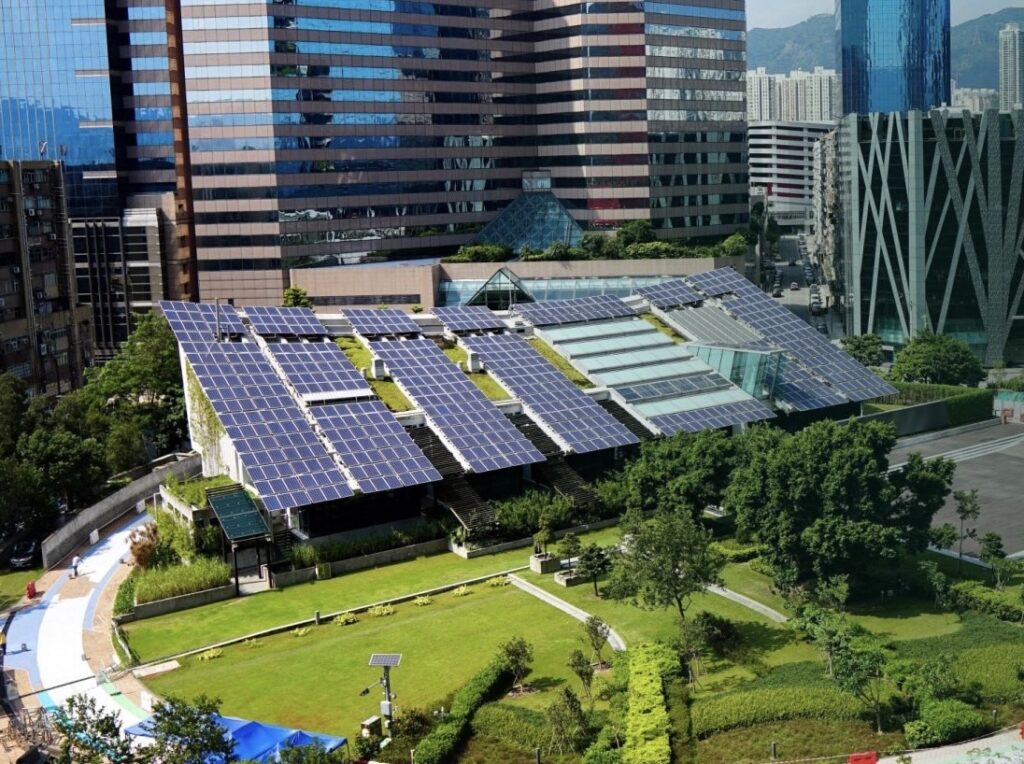A groundbreaking study led by Martín Muñoz-Salcedo from the Facultad de Ciencias e Ingeniería at the Universidad Estatal de Milagro in Ecuador has introduced a novel optimization algorithm aimed at enhancing the energy supply for near-zero energy buildings. Published in the journal Heliyon, this research addresses the significant challenge of energy consumption in the building sector, which accounts for approximately 40% of global energy demand.
The study employs a mixed-integer disciplined convex programming (MIDCP) approach to develop a long-term economic function that ensures the sustainability of buildings and their energy systems. This robust algorithm not only integrates risk management for intermittent renewable energy sources but also considers the technical and economic parameters of various technologies, including life cycle analysis (LCA) for different energy systems and storage options.
One of the standout features of this research is its evaluation of green hydrogen’s role in distributed generation. The findings suggest a promising future where green hydrogen could significantly contribute to energy supply, particularly in scenarios where supply and investment costs align with those of gray hydrogen. “The simulations suggest a higher penetration of green hydrogen in scenarios where supply and investment costs decrease to gray hydrogen supply levels, reaching up to 81% coverage of the thermal demand of the building,” Muñoz-Salcedo noted.
The algorithm also achieved a remarkable 100% optimal convergence in the defined scenarios, with a quick resolution time of just 14 seconds and a modest memory usage of around 183 MB. This efficiency opens up commercial opportunities for energy developers and building planners looking to implement renewable energy solutions without the burden of extensive computational resources.
Moreover, the research indicates that hybrid energy systems could cover about 92% of the energy needs within the distributed generation mix under favorable conditions. This aspect is particularly relevant for stakeholders in the energy sector, as it highlights the potential for integrating various renewable sources to meet energy demands effectively.
As the world increasingly shifts towards sustainable practices, tools like the one developed by Muñoz-Salcedo can empower decision-makers to strategically plan distributed generation projects. By considering economic, policy, and geographic conditions, this research provides a framework for optimizing energy supply in buildings, ultimately contributing to a greener future.
The implications of this study are significant for the energy sector, offering a pathway to reduce dependency on fossil fuels and enhance the adoption of renewable energy technologies. The findings from this research published in Heliyon pave the way for a more sustainable approach to energy management in buildings, aligning with global efforts to combat climate change and promote energy efficiency.




